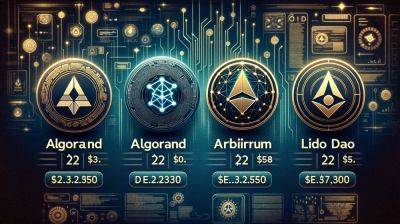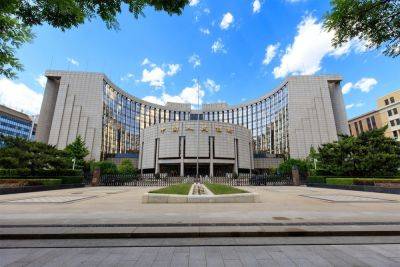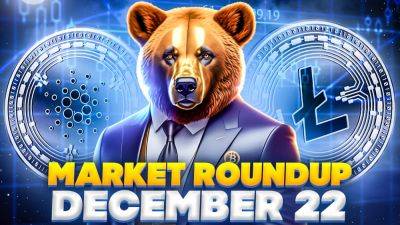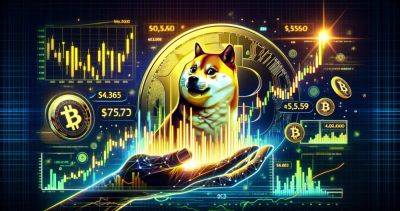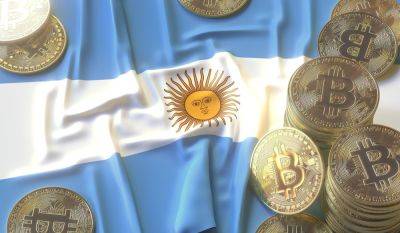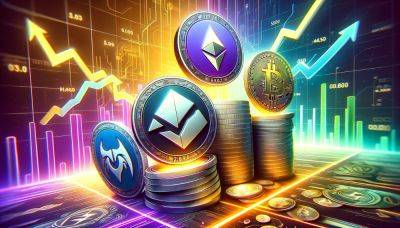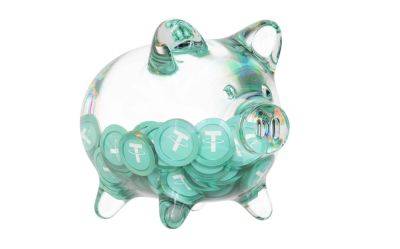Exploring the Fascinating World of NFTs: Understanding the Technology Benefits and Risks
Introduction
Non-fungible tokens (NFTs) have exploded onto the scene in recent years, offering a novel way to create, distribute, and monetize unique digital assets. By leveraging blockchain technology, NFTs provide a way to verify ownership and provenance of digital items, creating scarcity and value in an otherwise infinitely reproducible realm.
In this article, we'll delve deeper into the world of NFTs, exploring their definition, applications, and risks.
What are NFTs?

NFTs are digital assets that are stored on a blockchain. Unlike cryptocurrencies, which are fungible and interchangeable with each other, NFTs are unique and can't be replaced by other tokens. This uniqueness is what gives NFTs their value, as they can represent anything from art and music to virtual real estate and in-game items.
NFTs are created using smart contracts, which are self-executing agreements that run on the blockchain. These contracts define the rules of ownership, transfer, and other characteristics of the asset, and are enforced automatically by the network.
- Applications of NFTs
- Cryptoart
One of the most popular applications of NFTs has been in the realm of cryptoart. NFTs provide a way for digital artists to sell their works as unique, one-of-a-kind assets that can't be replicated or copied. This has opened up a new market for art collectors and investors, who are willing to pay top dollar for rare and exclusive pieces.
Video Games
NFTs are also being used in the video game industry to create and sell unique in-game items, such as weapons, skins, and other virtual goods. By using NFTs, players can buy, sell, and trade these items, creating a new economy within the game itself.
Music
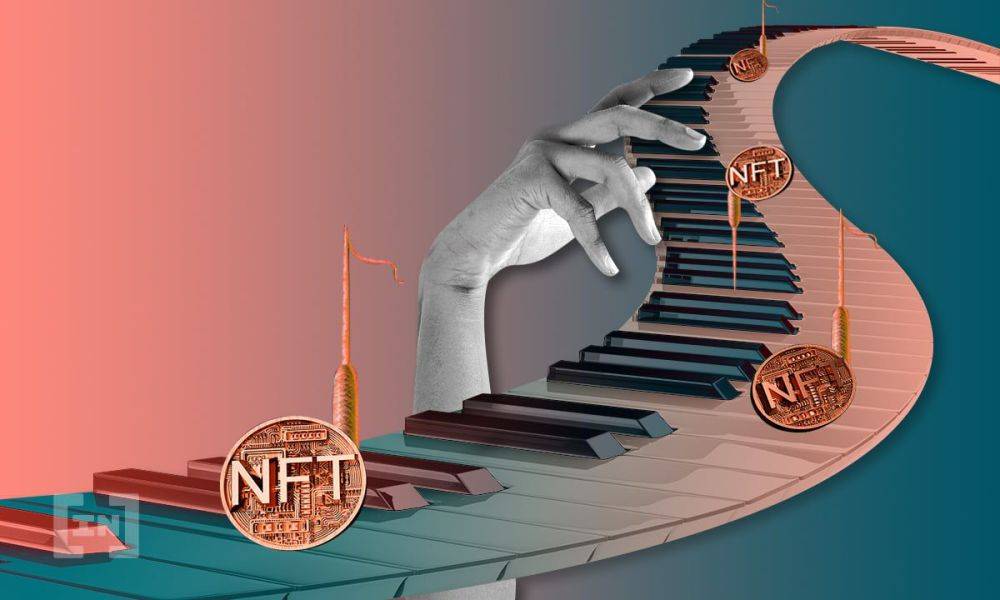
Musicians are also starting to use NFTs as a way to monetize their work and provide unique experiences to their fans. NFTs can be used to sell rights to albums, songs, and other creative works, providing a way to reward fans who are willing to pay a premium for exclusive content.
Real Estate
Virtual real estate is another area where NFTs are starting to gain traction. Companies are creating virtual worlds where players can buy and sell virtual land, buildings, and other assets, creating a new economy within the game.
Risks and Limitations
While NFTs offer many benefits, they also come with some risks and limitations that should be considered before investing in them.
High Volatility

Like any other digital asset, NFT prices can be highly volatile and subject to rapid fluctuations. This means that investors may experience significant gains or losses in short periods of time, depending on market conditions.
Uncertain Legal Status
The legal status of NFTs is still largely undefined in many jurisdictions, which can create uncertainty and legal risks for investors and creators.
Environmental Concerns
Creating and trading NFTs requires a significant amount of energy, which can have negative environmental consequences. Some critics argue that the energy consumption required to maintain blockchain networks is unsustainable and contributes to climate change.
Conclusion
NFTs are a fascinating and innovative way to create, distribute, and monetize digital assets. They have already found applications in many industries, including art, music, gaming, and real estate, creating new opportunities and economies for creators and investors alike. However, NFTs also come with risks and limitations, including high volatility, uncertain legal status, and environmental concerns, which should be carefully considered before investing in them.



